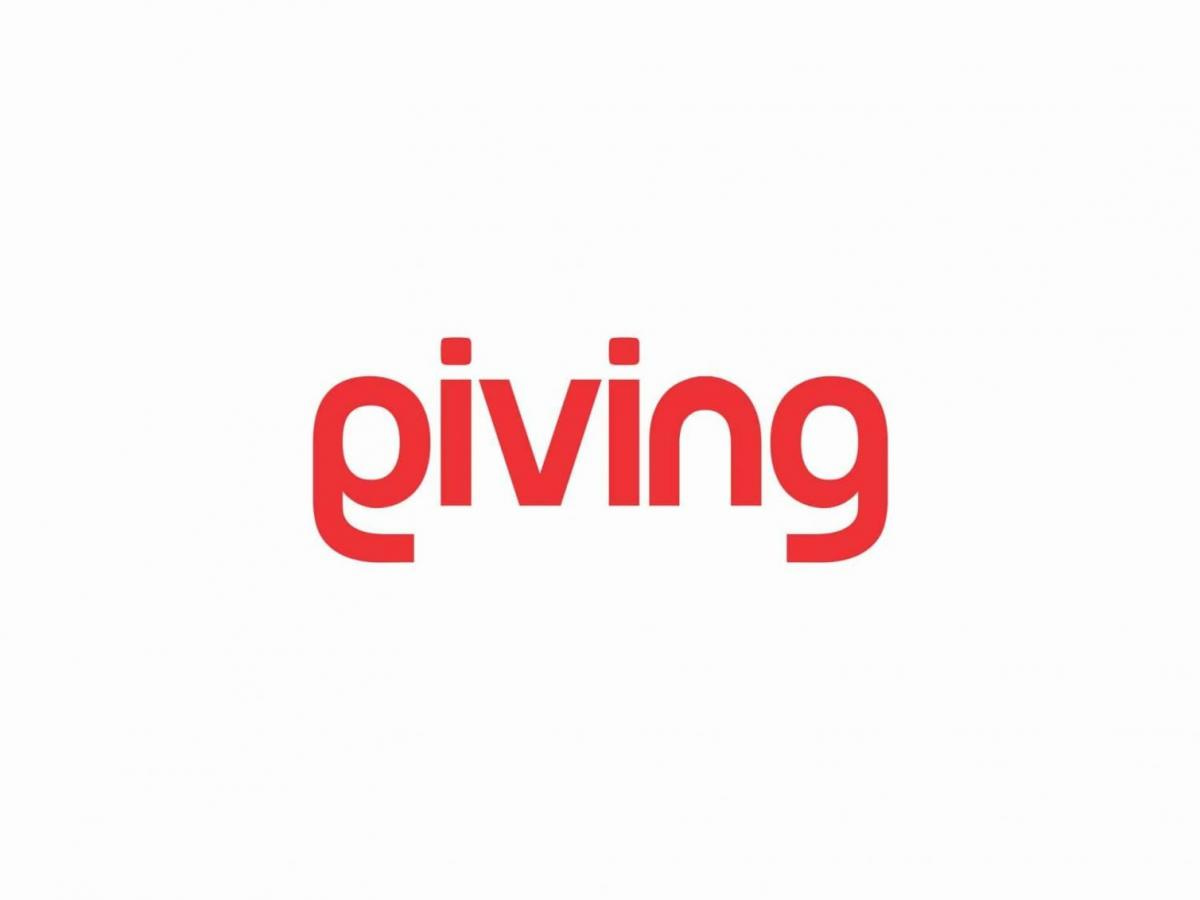Crisis Rocks Abubakar Suleiman Led Sterling Bank As Investors Lost Billions

Abubakar Suleiman led Sterling bank is facing financial crisis as investors lost billions in 2021 SocietyGists reports.
SocietyGists reports that Sterling Bank according to a survey conducted in 2021 was the big loser in the review year in terms of percentage. According to the review, the lender’s share price depreciated by 26% to close at N43.5 billion.
Under the leadership of Abubakar Suleiman, Sterling bank have continued to decline in financial value an analyst who spoke to SocietyGists recently.
The financial crisis rocking Sterling Bank has taking a new dimension with shareholders groaning over loss of their investment as can be seen in the breakdown below.
For instance, shareholders who invested N1 million in Sterling Bank shares at the beginning of last year 2021, lost N281,000.00 of their investment as the bank’s equity shed 28.10% of its value last year.
The lender’s stock began trading at N2.10 on January 4, 2021, and ended trading at N1.51 at the close of business on December 31, 2021, a loss of 28.10 percent.
Both the banking index and the Nigerian equity market underperformed in 2021, with returns of 0.87 percent and 6.07 percent, respectively.
Investors have lost 21.50 percent of their investment in the bank over the last 365 days, but have gained 2.61 percent this year as the bank’s equity has risen from N1.53 on January 4 to N1.57 at the market’s close on January 18.
Mrs. Hadassah Isaac, an investment analyst and stockbroker with TRW Stockbrokers, noted that the market may be apprehensive of the bank’s backers, and that the drop in Sterling Bank’s share price reflected the market’s opinion of the bank’s worth.
Sterling Bank has a low dividend payout, having paid only 21 kobo as dividend in the last five financial years, which may be one of the reasons investors were averse to its equity last year.
It paid just 5 kobo as a dividend in the 2020 fiscal year.
The 28.44% growth in post-tax profit the bank declared in the third quarter of this year could not investors’ negative sentiment towards its stocks, nor did the N0.05 dividend the bank declared at the end of 2020 financial did not sway their interest in its favour.
Sterling Bank led by Abubakar Suleiman posted N9.47 billion post-tax profit as of September 2021, which was a 26.55% improvement to the N7.37 billion declared in the corresponding period in the prior year.
It raked in N156.89 billion as gross revenue in Q3 2021, 6.85% higher than the N146.84 billion it made in the same period last year. The income growth was driven majorly by 65.30% and 104.02% rise in net fee and commission income and other operating income respectively.
Net Operating Income went up by 19.4% to N67.9 billion, which was attributed to the growth in credit loss expenses.
Also, operating expenses increased by 18.8% to N58 billion from N48.9 billion in Q3 2020, driven mainly by FX revaluation losses and other mandatory regulatory levies.
Sterling Bank loans and advances improved by 13.4% to N676.8 billion, while customers deposits increased by 20.8% to N1149 trillion during this period.
More so, Total assets rose by 12.7% to N1548, underpinned largely by the improvement in loans and advances.
Meanwhile, the increase in Sterling Bank risk assets came with its own challenge, as it had to make a 14.67% high provision for bad loans to the tune of N6.29 billion in Q3 2021 and its non-performing loan ratio went up to 2.0% during this period from 1.9% in December 2021.
However, the liquidity ratio improved to 37.7% from 32.5% in December 2020, while is above the 30% statutory requirement.
Sterling Bank loan-to-deposit ratio fell below the 60% regulatory threshold, posting 58.9% in Q3 2021 instead of the 62.8% it had in the prior period.
In the same vein, the capital adequacy ratio declined to 14.3% from 18% in Q3 2020, though it was above the 15% regulatory benchmark.
Sterling Bank spent more in generating its income during this period as the cost-to-income ratio rose to 78.2% from 73.4% in Q3 2020, but the cost of risk lowered to 0.9% from 1.9% in the corresponding period in the previous year.








Leave a Reply